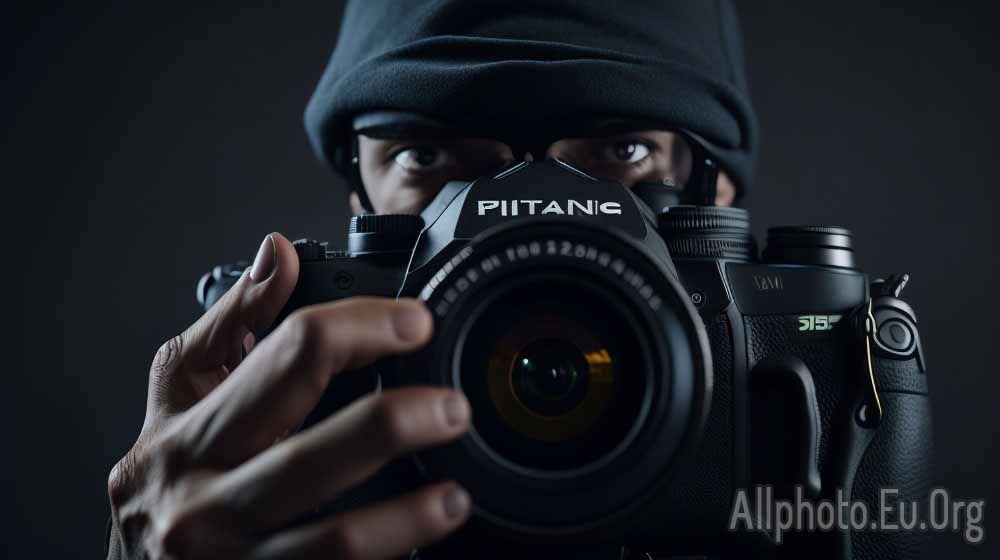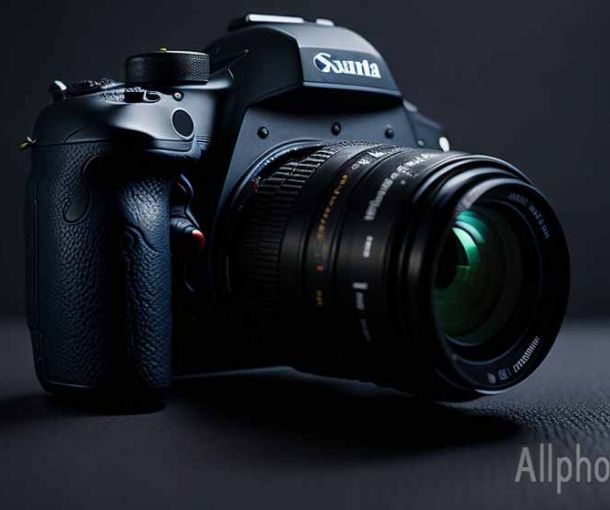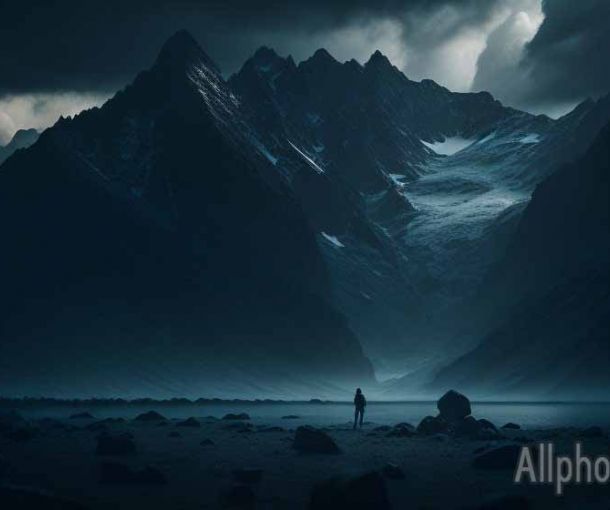The Benefits of Shooting in Manual Mode: Taking Control of Your Camera

As a photographer, one of the most important aspects of your craft is taking control of your camera. This includes being able to manually adjust the settings, such as aperture, shutter speed, and ISO, to capture the perfect shot. Shooting in manual mode may seem intimidating at first, but it offers a wide range of benefits that can significantly improve your photography skills.
In this article, we will discuss the benefits of shooting in manual mode and provide tips to help you master this mode.
-
Complete Control Over the Exposure
One of the main advantages of shooting in manual mode is that it gives you complete control over the exposure. In other modes, such as aperture priority or shutter priority, the camera sets either the aperture or shutter speed automatically, while you manually adjust the other setting. Shooting in manual mode allows you to set both the aperture and shutter speed according to your desired exposure.
This level of control is especially important in situations with tricky lighting conditions, such as shooting in low light or bright sunlight. With manual mode, you can adjust the exposure to achieve the perfect balance of light and shadow in your image.
-
Greater Creativity and Artistic Freedom
Shooting in manual mode also allows for greater creativity and artistic freedom. By controlling the exposure, you can manipulate the depth of field, freeze motion or capture motion blur, and adjust the overall mood and atmosphere of your image.
For example, by opening up your aperture to a low f-stop, you can create a shallow depth of field, blurring the background and bringing your subject into sharp focus. This technique is commonly used in portrait photography, where the subject's face is the main focus of the image.
Alternatively, by using a slow shutter speed, you can create a sense of motion in your image, such as capturing the movement of water or traffic. This technique is often used in landscape photography, where a sense of movement can add depth and interest to an image.
By taking control of your camera and experimenting with different settings in manual mode, you can create images that are truly unique and reflective of your personal style and vision.
-
Improved Understanding of Photography Fundamentals
Shooting in manual mode requires a deeper understanding of the fundamentals of photography, such as exposure, aperture, shutter speed, and ISO. By mastering these concepts and understanding how they interact with each other, you can become a more skilled and knowledgeable photographer.
In addition, shooting in manual mode encourages you to think more critically about your photography and the choices you make. It allows you to be more intentional with your shots, rather than relying on the camera to make decisions for you.
-
Better Quality Images
When shooting in automatic or semi-automatic modes, the camera makes decisions based on its built-in algorithms and assumptions about the scene. While these modes can be useful in certain situations, they can also lead to inconsistent results and missed opportunities.
Shooting in manual mode allows you to take full control of your camera and make decisions based on your creative vision and the specific conditions of the scene. This can lead to better quality images with more accurate colors, sharper focus, and a greater sense of depth and detail.
Tips for Shooting in Manual Mode
If you're new to shooting in manual mode, it can be overwhelming at first. Here are some tips to help you get started:
- Start with a basic understanding of exposure, aperture, shutter speed, and ISO. These are the building blocks of photography, and understanding how they work together is essential for shooting in manual mode.
- Practice, practice, practice. The more you shoot in manual mode, the more comfortable you will become with adjusting the settings to achieve the desired exposure.
- Use the histogram to ensure proper exposure. The histogram is a graphical representation of the exposure, and it can help you determine if the image is underexposed, overexposed, or properly exposed. Make adjustments to the settings as needed until the histogram shows a balanced exposure.
- Take advantage of your camera's light meter. The light meter is a tool that measures the brightness of the scene and helps you set the correct exposure. Use the light meter to guide your decisions when adjusting the settings in manual mode.
- Use manual focus for greater control over sharpness and depth of field. Manual focus allows you to adjust the focus precisely and can be especially useful when shooting in low light or with a shallow depth of field.
- Experiment with different settings to create unique images. Don't be afraid to try new things and push the limits of what's possible in manual mode.
In conclusion, shooting in manual mode offers numerous benefits for photographers who want to take control of their camera and create stunning, unique images. By understanding the fundamentals of exposure and mastering the settings in manual mode, you can improve your photography skills and produce high-quality images that reflect your artistic vision. So grab your camera, set it to manual mode, and start exploring the endless creative possibilities that await!
With complete control over exposure and the ability to unleash your creativity, shooting in manual mode is a must-learn skill for photographers. Use the tips above to master this mode and take your photography skills to the next level.
Tags
Latest Articles
Most Read
All Tags
Subscribe
Donate
Please consider supporting our efforts.
© 2023 All-Photo.Cf All rights reserved.










